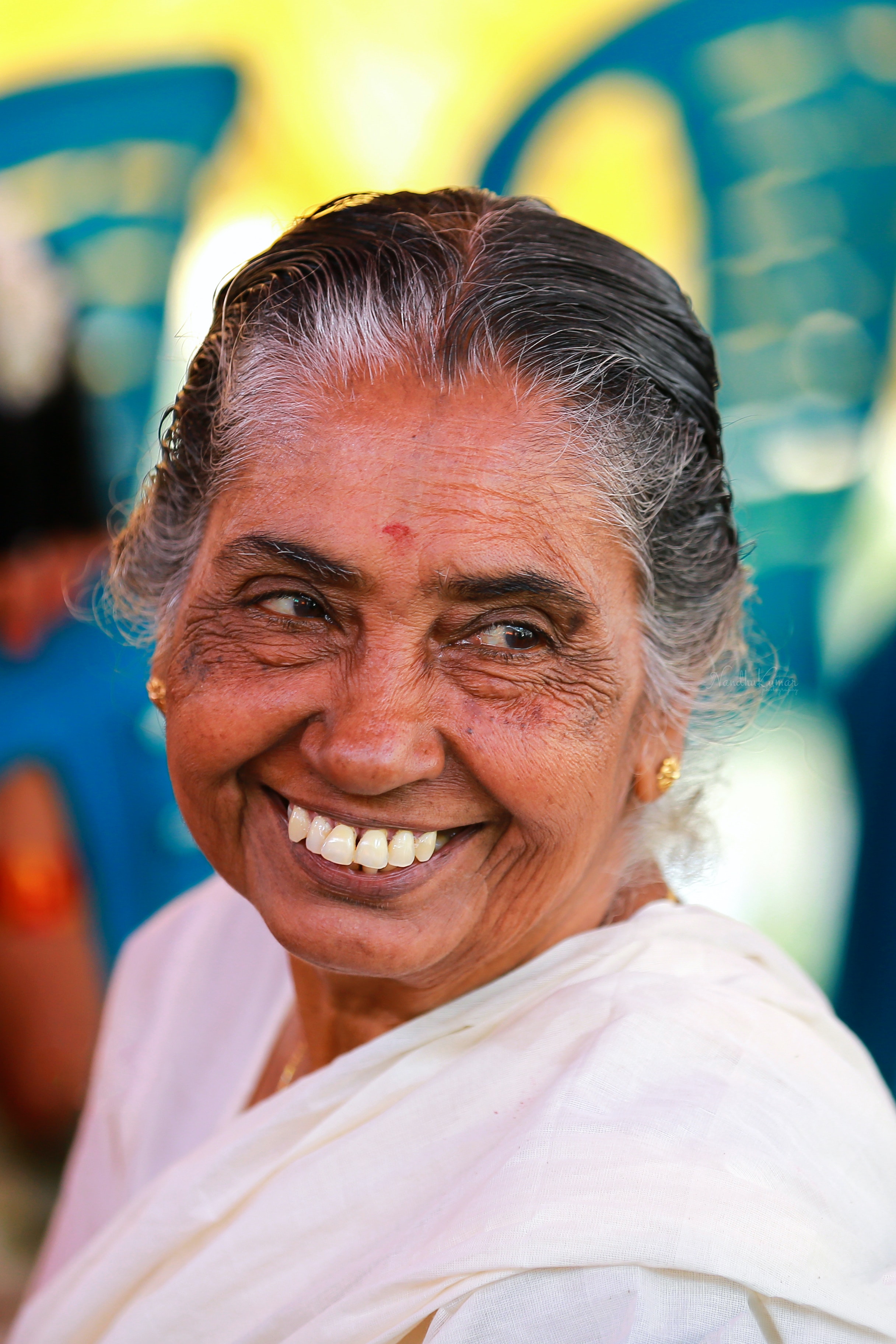Elder abuse is a hidden yet growing problem in the United States with significant public health and societal implications. It is a tragedy that impacts older adults of all races, cultures, gender expressions, sexual orientations, social classes, geographic areas, faith communities, mental capacities, and physical abilities.
The issue is becoming more urgent as the U.S. population of older adults is rapidly growing. By 2030, all baby boomers will be age 65 or older (U.S. Census Bureau, 2019) and by 2060, there will be about 94.7 million older adults, more than twice as many in 2010. Further, the number of people ages 85 and older is projected to nearly triple from 6.7 million in 2020 to 19.0 million by 2060. Estimates also reveal that the older population in the U.S. will become more racially and ethnically diverse (Administration for Community Living, 2022).
As America ages, the rates of elder abuse will undoubtedly increase. It is critical for all organizations and systems to commit to learning more about elder abuse and to rethink how they will provide services and support to this growing population of older adults.
Definition of Elder Abuse
 Although definitions of elder abuse vary, the term generally refers to any physical, sexual, or psychological abuse, neglect, abandonment, or financial exploitation of an older person either within a relationship where there is an expectation of trust and/or when an older person is targeted based on age or disability (U.S. DOJ, 2014). “Older” is generally considered 60+, 65+ or 70+ depending on state statutes or funding streams, such as the Older Americans Act.
Although definitions of elder abuse vary, the term generally refers to any physical, sexual, or psychological abuse, neglect, abandonment, or financial exploitation of an older person either within a relationship where there is an expectation of trust and/or when an older person is targeted based on age or disability (U.S. DOJ, 2014). “Older” is generally considered 60+, 65+ or 70+ depending on state statutes or funding streams, such as the Older Americans Act.
Policy makers, researchers, practitioners, and other professionals may use other definitions of elder abuse in their work. Some definitions are based on a specific age while other definitions focus on the person’s vulnerability. Last, many state statutes and tribal codes include self-neglect in the definition of elder abuse, although increasingly professionals are differentiating between the case where an older adult is unable to provide care for themselves and the case where a perpetrator is harming an older adult.
Dynamics of Elder Abuse
Power and control is often evident in cases of elder abuse. Older adults may be harmed by intimate partners, adult children, or other family members; paid and unpaid caregivers; and other persons in a position of authority such as guardians, lawyers, or interpreters.
Abuse occurring in intimate relationships can occur regardless of gender identity or sexual orientation. In some instances, older adults may be targeted by strangers and become victims of sexual assault, stalking, or financial exploitation. The various forms of abuse often co-occur (Acierno et al., 2010; Lachs et al., 2011).
Prevalence of Abuse
Research estimates that approximately one in ten older adults living in their homes experience elder abuse each year (Acierno et al., 2010; Beach et al., 2010; Lachs et al., 2011; Rosay & Mulford, 2017) and that an estimated 5 million older adults experience abuse, neglect, or exploitation annually (U.S. DOJ, 2014). Yet research also suggests that cases of elder abuse are significantly underreported (Pillemer et al., 2016). One state study found fewer than 5% of cases come to light (Lachs et al., 2011).
Impacts of Elder Abuse
There are many significant negative impacts of elder abuse on victims, related to physical health, mental health, and other areas. Older victims often experience shame, pain, economic loss, spiritual and physical anguish, compromised mental and physical health, deteriorated familial relationships, institutionalization, diminished autonomy, and poor quality of life (Beaulaurier et al., 2008; Brandl et al., 2007; Dong et al., 2011, Jackson & & Hafemeister, 2016). Victims of elder abuse are four times more likely to be admitted to a nursing home and three times more likely to be admitted to a hospital than non-abused older adults (Dong et al., 2013; Dong et al., 2009). Further, when older adults are harmed, it can be more difficult for them to recover from physical injuries and financial devastation (Lachs et al., 2011).
One of the harshest impacts of elder abuse is related to fatalities. Older adults who are harmed are more likely to die prematurely than their counterparts. In fact, one study determined that older adults who experienced abuse, even modest abuse, had a 300% higher risk of death when compared to those who had not been abused. (Dong et al., 2009).
Why Address Elder Abuse?
All older adults deserve to age with safety, dignity, and care. While recent decades have brought much progress toward elder justice, it remains an overlooked and often misunderstood issue. Educating yourself and increasing awareness of the unique dynamics, forms, risk factors, and rates of elder abuse is a critical step in addressing this issue.
The content was adapted from the NCALL information sheet, An Overview of Elder Abuse: A Growing Problem.
Common Acronyms in the Elder Abuse Field
- AAA: Area Agency on Aging
- ADL: Activities of daily living
- ALL: Abuse in later life
- APS: Adult Protective Services
- EA: Elder abuse
- HHA: Home Health Agency
- FAST: Financial Abuse Specialist Teams
- I-Team or M-Team: Interdisciplinary Teams
- WEAAD: World Elder Abuse Awareness Day (June 15)









